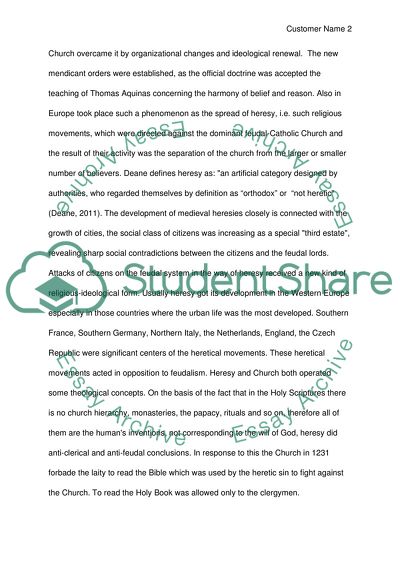Cite this document
(A History of Medieval Heresy and Inquisition Book Report/Review Example | Topics and Well Written Essays - 2000 words, n.d.)
A History of Medieval Heresy and Inquisition Book Report/Review Example | Topics and Well Written Essays - 2000 words. https://studentshare.org/history/1844352-examessay
A History of Medieval Heresy and Inquisition Book Report/Review Example | Topics and Well Written Essays - 2000 words. https://studentshare.org/history/1844352-examessay
(A History of Medieval Heresy and Inquisition Book Report/Review Example | Topics and Well Written Essays - 2000 Words)
A History of Medieval Heresy and Inquisition Book Report/Review Example | Topics and Well Written Essays - 2000 Words. https://studentshare.org/history/1844352-examessay.
A History of Medieval Heresy and Inquisition Book Report/Review Example | Topics and Well Written Essays - 2000 Words. https://studentshare.org/history/1844352-examessay.
“A History of Medieval Heresy and Inquisition Book Report/Review Example | Topics and Well Written Essays - 2000 Words”. https://studentshare.org/history/1844352-examessay.


